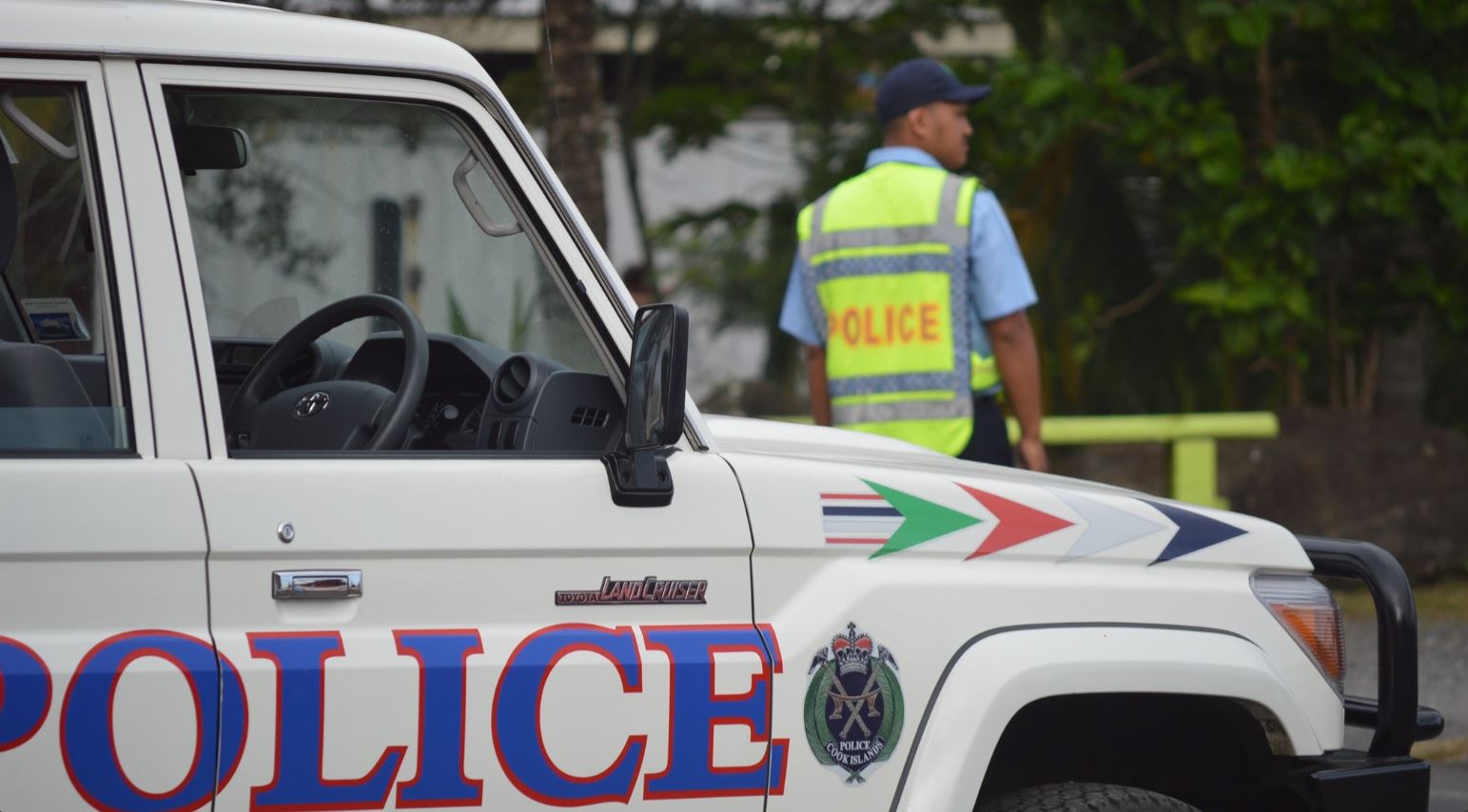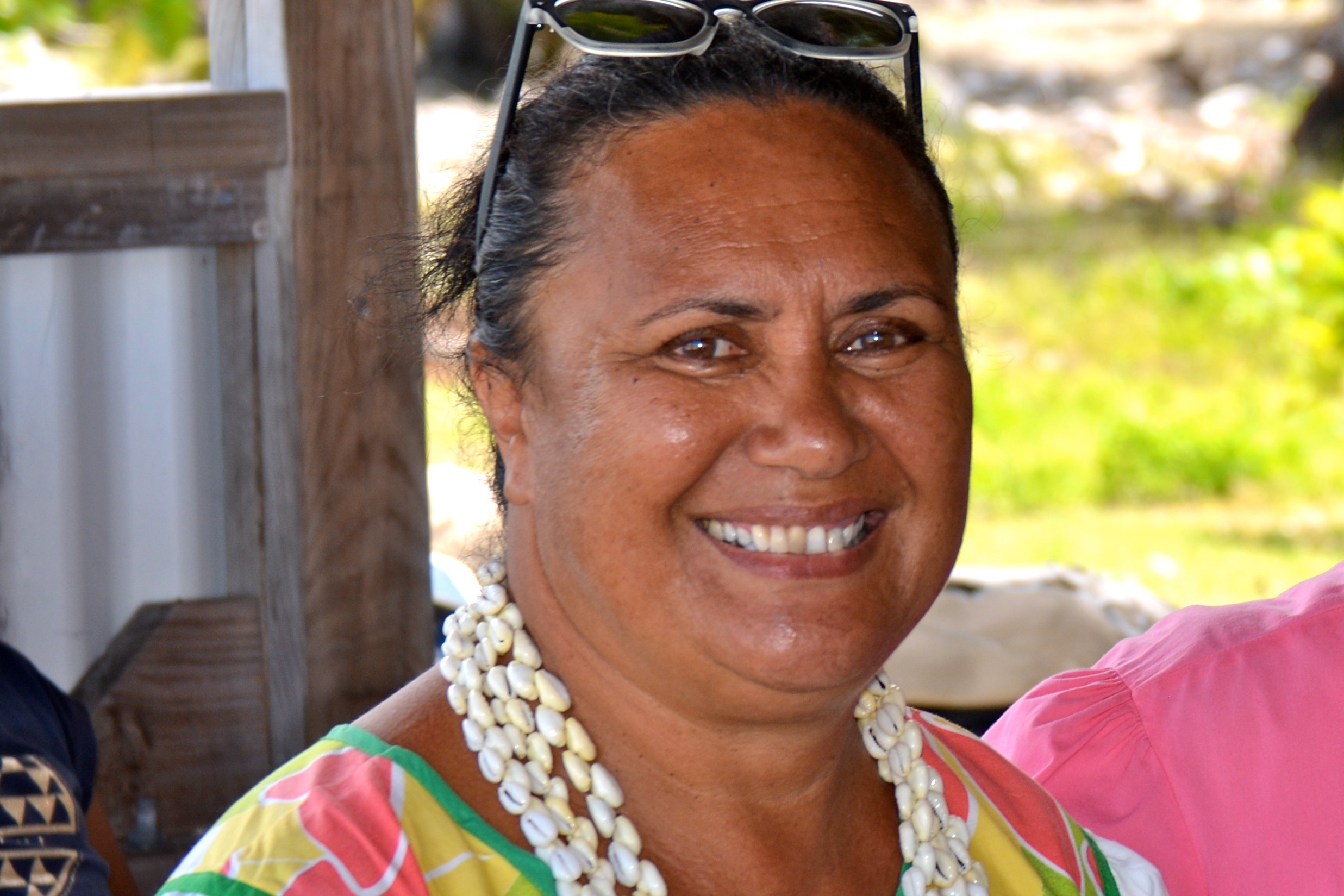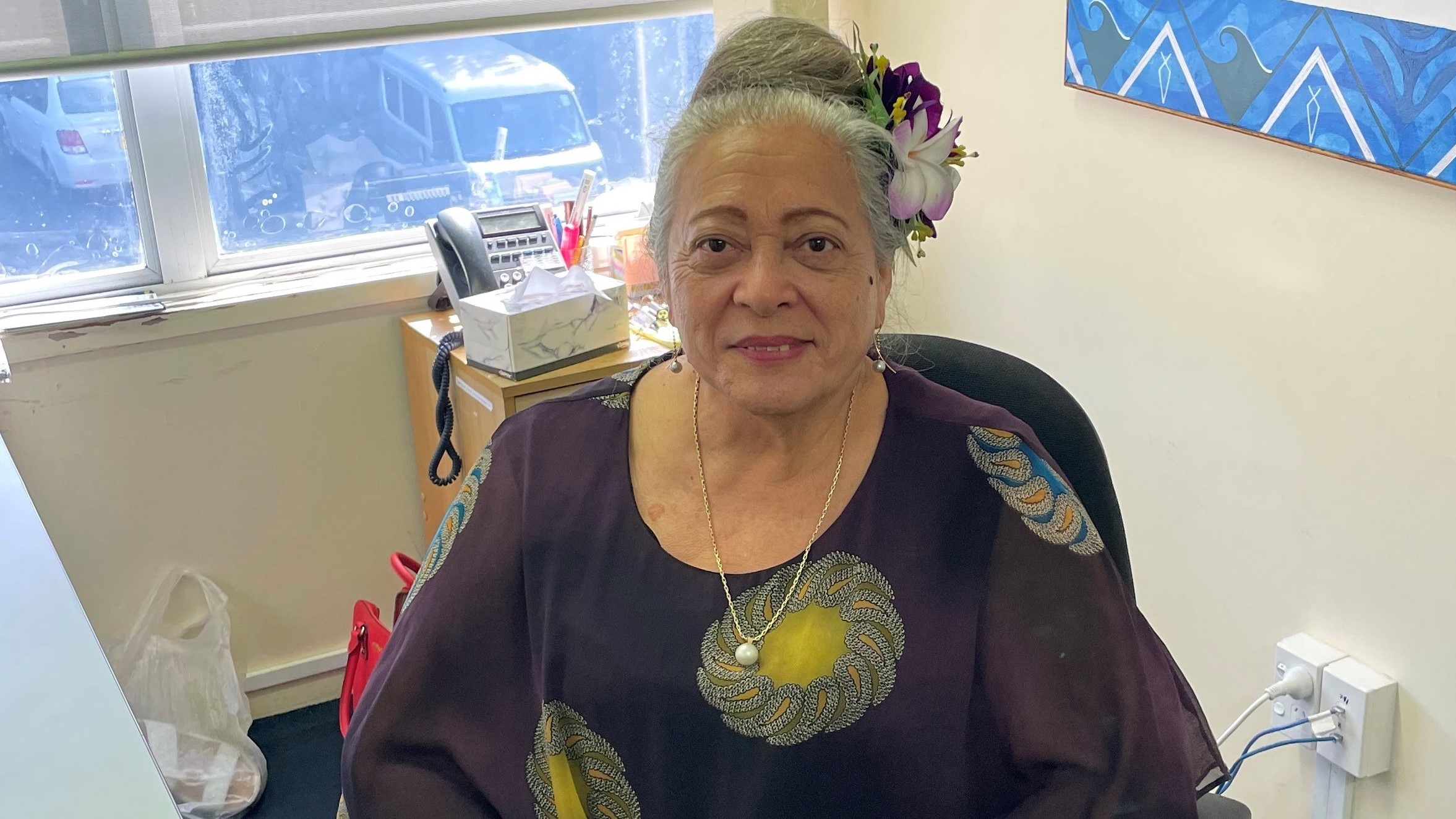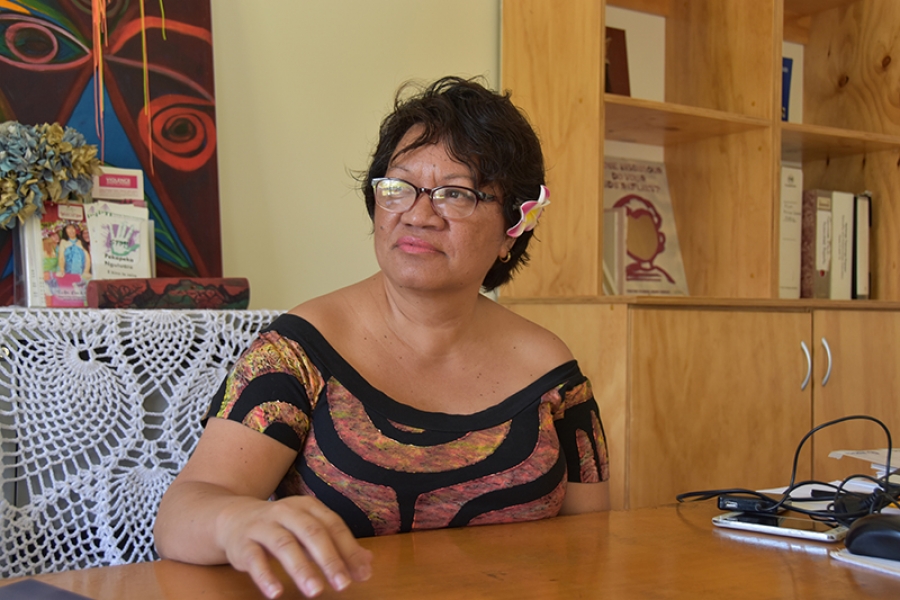NAURU – Four years after the Australian government was repeatedly warned the mould growing throughout Nauru’s regional processing centres was making people sick, refugee families, including young children, are still being forced to live under rotting canvas in Nauru.
At least 330 refugees and asylum seekers, including 36 children, still live in mould-prone tents on Nauru.
Some tents and work buildings have previously been found to be “highly toxic”, with the level of mould measured at up to 76 times the normal, safe level, the Guardian reports.
At least a dozen former staff who have worked in the regional processing centre are understood to have developed conditions from exposure to mould and breathing the contaminated air in the buildings.
The conditions include toxic mould syndrome, cognitive and neurological symptoms, chronic pain and chest infections.
A class action against the commonwealth government, for failing in its duty of care to those housed in its immigration centres, and those contracted to work there, is being considered by Australian law firms.
Thousands of refugees and staff may have been exposed to toxic mould.
The health impacts could last years and any damages payout could run to millions of dollars, a source close to government told the Guardian.
A community of former staff – many suffering what they have termed “Nauru lung” – are in regular contact with each other, discussing doctors’ reports and legal avenues.
The department of home affairs rejects the allegations, telling the Guardian there had been “no cases of anyone developing health issues following exposure to mould at the Nauru Regional Processing Centre (RPC)”.
A spokesman said the department had implemented a number of mould remediation practices at the Nauru RPC, and any problems identified had been “promptly rectified”.
“There is no health risk to anyone at the Nauru RPC relating to mould and the department strongly disputes any claim to the contrary.”
The health impacts of the mould have been well-known for years and consistently exposed by health reports to the Australian government and its contractors.
In December 2014, Biological Health Services (BHS) was commissioned by the then detention centre managers, Transfield Services (now Broadspectrum), to investigate the extent and hazards of the mould problem.
The mould was everywhere throughout the centre and a “major risk to the health and safety of the occupants”, the BHS report said.
“Both visual and multi-sensory observations showed that the scale of the mould contamination problem at Nauru is considered to be an enormous challenge.”
BHS said the health dangers were most acute for refugees who had to live within the processing centres all the time.
BHS said it was unable to fully document the extent of the mould problem because the Australian Border Force would not allow its investigators to film inside the centre.
“There is a rigorous policy concerning the taking of digital photographs and video that impacted on this report, since a ‘video-tour’ would have defined the scale and extent of the problem more completely.”
Even the Australian Border Force’s own chief medical officer, then Dr John Brayley, warned mould was among a litany of problems in the regional processing centre, and that vital information was being kept hidden from him and the department.
“Mould build-up continues to be a significant issue and current strategies are not enough – this is a health risk and needs a much more concerted effort,” he said.
At least 330 refugees and asylum seekers, including 36 children, still live in mould-prone tents on Nauru. - PNC

















































